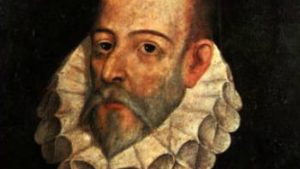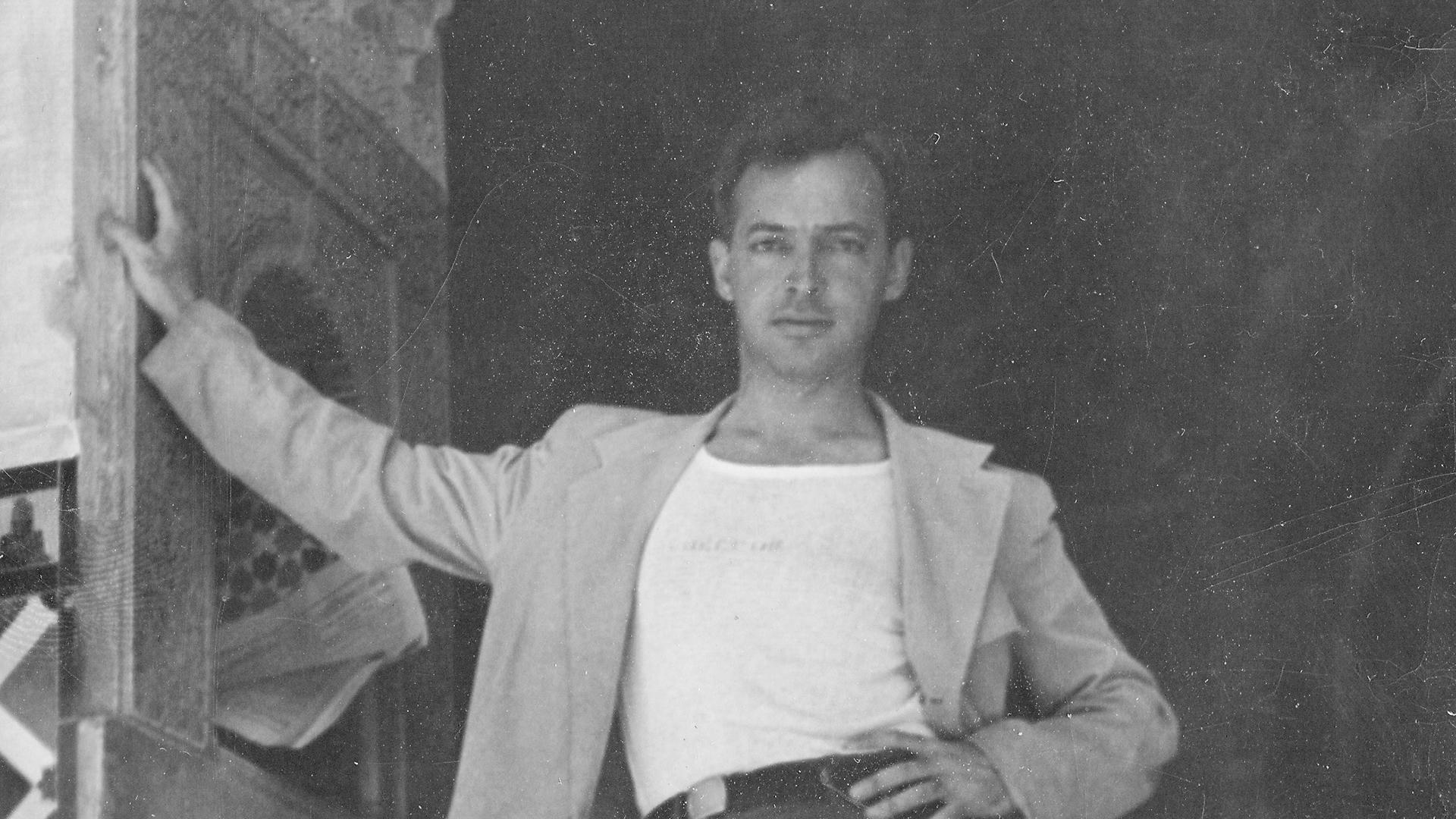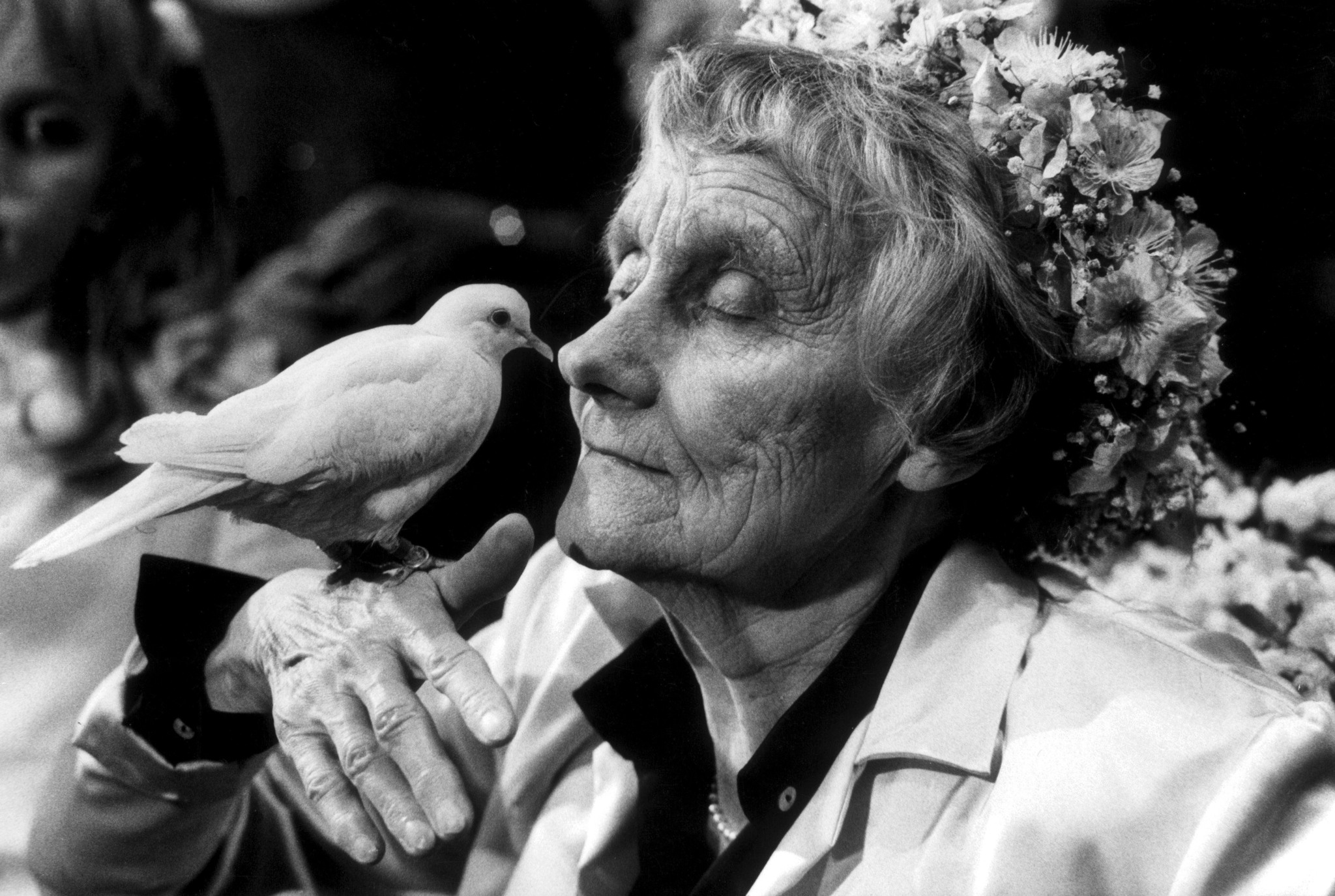The picaresque novel, with its roguish protagonist and episodic adventures, has captivated readers for centuries. If you’re looking to embark on a journey through the lives of cunning anti-heroes and their often-unconventional paths, you’ve come to the right place. We’ve compiled a list of the top 5 picaresque novel authors, whose works have shaped and defined this enduring literary tradition.
1. Miguel de Cervantes

Often hailed as the father of picaresque novel, Miguel de Cervantes revolutionized literature with his groundbreaking work Don Quixote (1605, Part I; 1615, Part II). While not a traditional picaresque in the strictest sense, Don Quixote incorporates many elements of the genre: episodic adventures, a roguish protagonist, and sharp social satire. Cervantes’ novel follows the delusional nobleman Don Quixote and his loyal squire Sancho Panza as they embark on a series of misadventures that critique the chivalric romances popular in his time. Cervantes’ innovative narrative style, blending humor, irony, and philosophical depth, set the foundation for future picaresque works and influenced countless authors worldwide.
Review Don Quixote: Exploring the Timeless Classic by Miguel de Cervantes
2. Charles Dickens

Charles Dickens, one of the most celebrated Victorian novelists, infused the picaresque tradition with his vivid portrayals of social injustice and memorable characters. His early works, such as The Pickwick Papers (1836) and Oliver Twist (1837-39), feature episodic storytelling and protagonists who navigate the harsh realities of 19th-century England. Martin Chuzzlewit (1843-44) is often cited as Dickens’ most picaresque novel, chronicling the adventures and misfortunes of its titular character as he journeys through America and England. Dickens’ ability to combine humor, pathos, and social critique within a loosely structured narrative helped popularize the picaresque form in English literature.
Review The Pickwick Papers: Charles Dickens’ Delightful Debut Novel
3. Mark Twain

Mark Twain’s The Adventures of Huckleberry Finn (1884) is often celebrated as one of the greatest American picaresque novels and a cornerstone of the genre’s evolution in modern literature. As one of the most renowned names on the picaresque novel authors list, Twain crafts a vivid tale centered on Huck Finn, a resourceful and rebellious young boy who escapes his abusive father and embarks on a journey down the Mississippi River with Jim, a runaway slave.
Did you know? Twain’s contribution to the genre aligns him with other influential picaresque novel authors such as Miguel de Cervantes (Don Quixote) and Charles Dickens (Oliver Twist). His innovative approach expanded the genre beyond its European roots, establishing The Adventures of Huckleberry Finn as a timeless masterpiece that continues to resonate with readers and scholars alike.
Review The Adventures of Huckleberry Finn: All Things You Need to Know
4. Saul Bellow

Saul Bellow’s The Adventures of Augie March (1953) is a landmark in modern literature and a quintessential example of the picaresque novel, earning its place among works by notable picaresque novel authors. The story follows Augie March, a witty and resourceful young man navigating Depression-era Chicago through a series of episodic adventures. From odd jobs to tumultuous relationships, Augie’s journey reflects the genre’s hallmark traits: a roguish protagonist surviving by his wits, rapid shifts in fortune, and sharp social satire.
Celebrated for its exuberant prose, rich characterizations, and existential undertones, The Adventures of Augie March won the 1954 National Book Award for Fiction. It remains an essential entry in the picaresque tradition alongside works by authors like Miguel de Cervantes (Don Quixote), Henry Fielding (Tom Jones), and Mark Twain (The Adventures of Huckleberry Finn). Bellow’s contribution to the genre highlights its adaptability, proving that the picaresque form can thrive in modern contexts while retaining its timeless appeal.
Review The Adventures of Augie March: A Classic with Both Brilliance and Flaws
5. Astrid Lindgren

Astrid Lindgren brought the spirit of the picaresque novel to children’s literature with her iconic character Pippi Longstocking (1945). Pippi, a fiercely independent and unconventional girl, embarks on whimsical adventures that challenge social norms and authority figures. Lindgren’s storytelling captures the essence of the picaresque hero—free-spirited, clever, and unbound by conventional rules—while making it accessible and entertaining for young readers. Pippi Longstocking has become a beloved classic worldwide, translated into over 60 languages, and continues to inspire generations with its playful rebellion and charm.
In Summary
The best picaresque novel authors have shaped the genre across centuries and cultures, each adding their unique voice and style. From Cervantes’ pioneering satire in Don Quixote to Dickens’ vivid social commentary, Twain’s American river adventures, Bellow’s philosophical modernism, and Lindgren’s spirited children’s tales, these authors demonstrate the enduring appeal of the picaresque novel. Their works celebrate the clever, often roguish protagonists who navigate society’s complexities with humor, resilience, and insight—making the picaresque a timeless and versatile literary tradition.